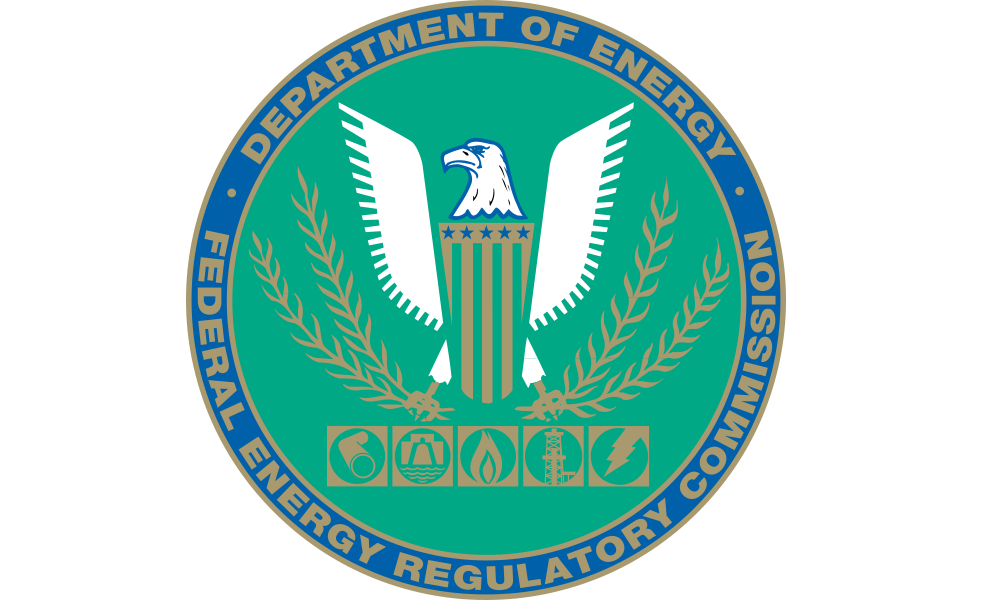Tennessee Gas Project Gets Favorable EA from FERC

The Federal Energy Regulatory Commission has released an environmental assessment for the Abandonment and Capacity Restoration Project (ACRP) proposed by Tennessee Gas Pipeline Company, L.L.C.
In its environmental review, FERC staff concluded that construction and operation of the ACRP would not have significant environmental impacts due to the limited overall size of disturbance, implementation of Tennessee Gas Pipeline’s proposed mitigation measures, and additional measures recommended in the environmental assessment. These conclusions are based on an independent review of the ACRP, information provided by Tennessee Gas Pipeline and concerned citizens, and consultations with federal regulatory and resource agencies. Although many factors were considered during the environmental review, the principal reasons for these conclusions are:
- Construction and abandonment activities would affect only about 532.3 acres, spread out over multiple states
- The majority of the proposed pipeline facilities would be collocated within or adjacent to existing rights-of-way
- Tennessee Gas Pipeline would minimize impacts on natural and cultural resources during construction and operation of the Project by implementing construction and restoration plans, including FERC’s Erosion Control, Revegetation and Maintenance Plan (without deviation) and FERC’s Wetland and Waterbody Construction and Mitigation Procedures (with alternative measures), referred to as TGP’s Plan and Procedures; and other Project-specific plans (state-specific Unanticipated Discovery Plans for Cultural Resources and Human Remains; site-specific residential plans; Plan for the Unanticipated Discovery of Potentially Contaminated Soils or Groundwater; Spill Prevention Control and Countermeasures (SPCC) Plans; Invasive Species Management Plan; Migratory Bird Conservation Plan; visual impact mitigation plan for Compressor Stations 202.5 and 211.5; and Winter Construction Plan)
- All of the proposed facilities would be constructed and operated in compliance with federal standards, requirements, and thresholds including U.S. Department of Transportation materials requirements and Environmental Protection Agency air emissions standards
- Waterbodies with flow at the time of construction would be crossed using dry crossing methods, and the Applicant would be required to obtain applicable permits and provide mitigation for unavoidable impacts on waterbodies and wetlands through coordination with the U.S. Army Corps of Engineers and state regulatory agencies
- FERC would complete Endangered Species Act consultations with the U.S Fish and Wildlife Service and the process of complying with section 106 of the National Historic Preservation Act and implementing the regulations at 36 CFR 800 prior to allowing any construction to begin
- If the ACRP is approved, environmental inspection and monitoring programs would ensure compliance with all construction and mitigation measures that become conditions of the FERC authorizations.
Comments on the environmental assessment must be received in Washington, DC on or before December 2, 2016.
Related News
Related News

- Keystone Oil Pipeline Resumes Operations After Temporary Shutdown
- U.S. House Passes Bill to Reverse Biden's LNG Pause
- Biden Administration Buys Oil for Emergency Reserve Above Target Price
- Enbridge to Invest $500 Million in Pipeline Assets, Including Expansion of 850-Mile Gray Oak Pipeline
- Williams Delays Louisiana Pipeline Project Amid Dispute with Competitor Energy Transfer
- Evacuation Technologies to Reduce Methane Releases During Pigging
- U.S. Regulators Approve Mexico Pacific LNG's Saguaro Connector Pipeline
- Editor’s Notebook: Nord Stream’s $20 Billion Question
- Enbridge Receives Approval to Begin Service on Louisiana Venice Gas Pipeline Project
- Russian LNG Unfazed By U.S. Sanctions




Comments